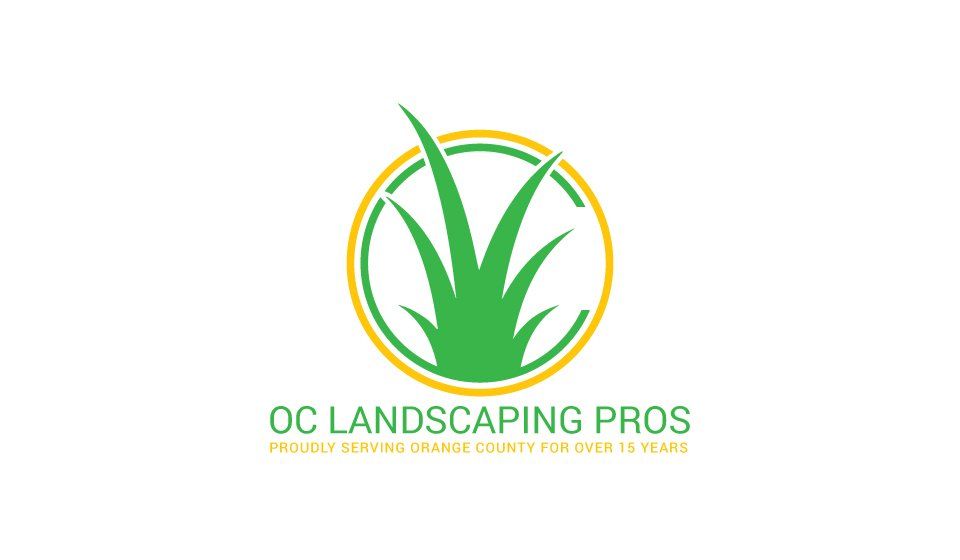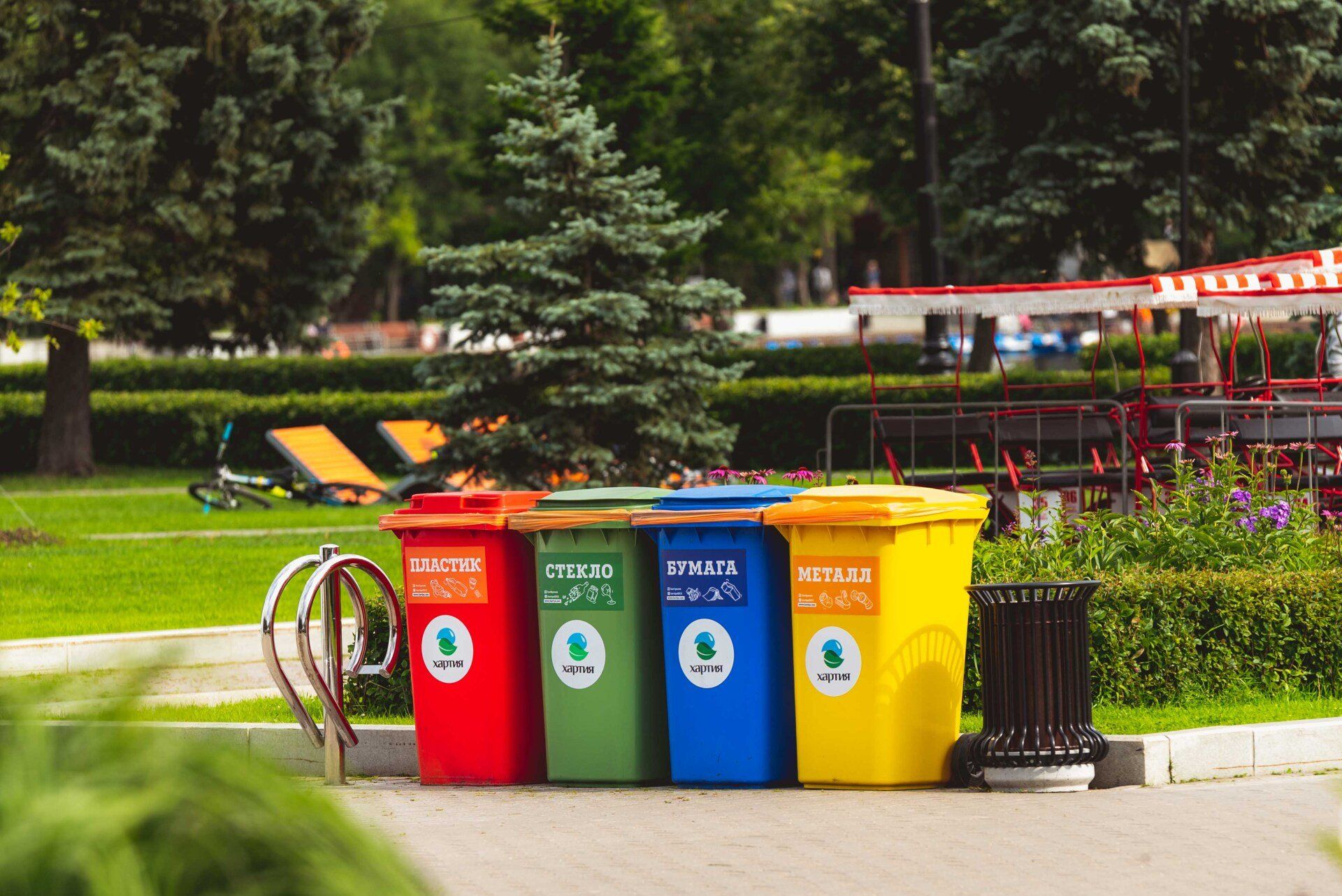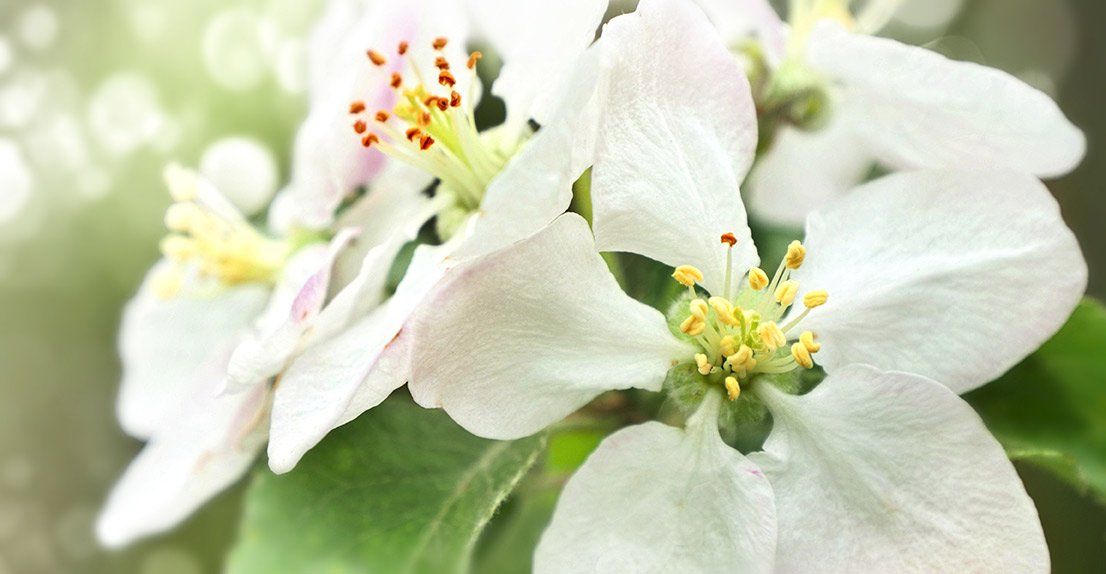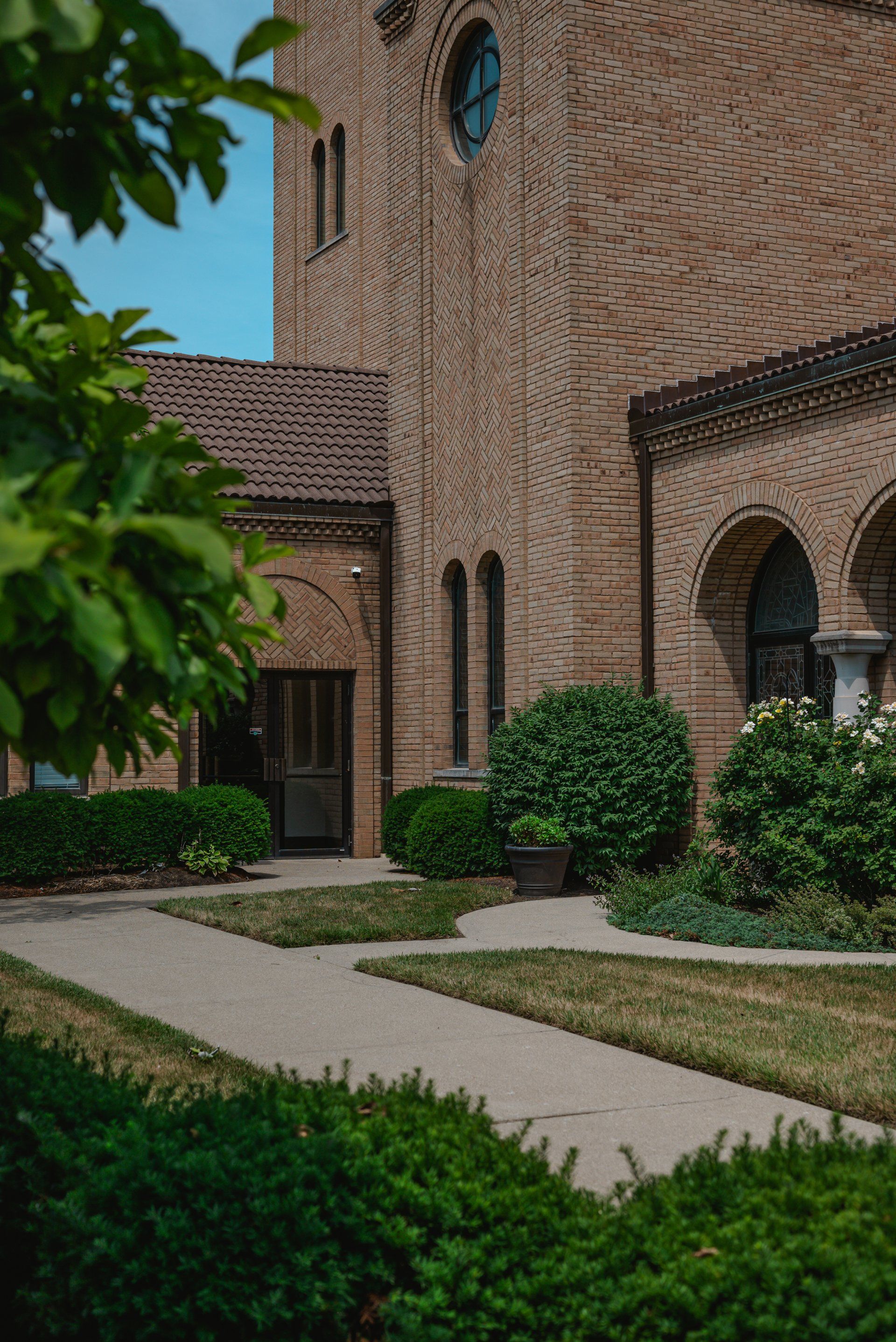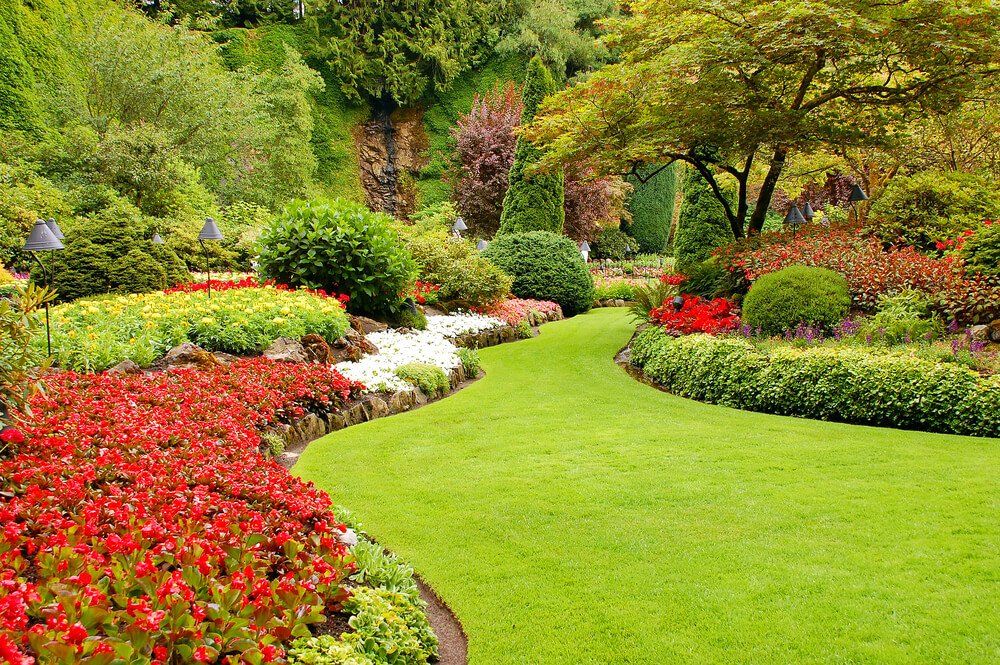6 Reasons to Give Your Backyard a Makeover
6 Reasons to Give Your Backyard a Makeover
1. Enhance Curb Appeal
Landscaping is extremely vital to the "curb appeal" of your house. It makes your house look more attractive and welcoming to buyers.
You can use landscaping as an opportunity to add color or incorporate a theme into the design of your yard. You could also change up your flower beds by adding in new flowers, different foliage, tree stumps with moss for example. This will give it a brand-new feel that people won't forget!
Your lawn is also important when you want to improve curb appeal; if it's too long then it may be time to trim it back so it doesn't go over sidewalks and driveways anymore. Also, make sure there are no weeds growing where they shouldn't be such as next to walkways or around trees because these detract from what otherwise would have been beautiful scenery.
First impressions are very important and landscaping is definitely the first thing someone sees when they pull up to your home. If you don't want to spend the time and money on landscaping, then your house will be less likely to sell should you decide to move in the future.
2. Increase Your Home's Value
Landscaping is a surefire way to increase your home's value. Homeowners who invest a little more in their yard are likely to see a significant increase. Even though landscaping isn't very expensive people looking to buy a home make their decisions largely based on emotions. Landscaping improves the overall look of your home which makes them feel better about your house. Think about it this way. If someone looks disheveled but has the potential to look attractive you still look at them poorly, even if they have the potential to look better. It's simply human nature.
Landscaping has many benefits, but the number one reason why you should consider it is because of how much your property value will go up after doing so. You'll be able to sell your home faster and at a higher price as long as you follow these rules:
● Don't plant too close together or allow weeds where they shouldn't be such as next to walkways or around trees
● If you want more color, add foliage with flowers instead - this gives off plenty of color without anything being blocked by fences
● Use taller plants on the backside of tall buildings
3. Create a Space for Entertaining Guests
Landscaping can be very functional too. For example, a large part of landscaping is how you're able to use the space. It's not just about aesthetics, but it's also about what can be done on that land. If you have a small yard and want to get more out of your land than grass and some bushes then think about creating a place for entertaining guests or group gatherings. You'll need at least three feet around the perimeter with trees in the back for privacy if there are no windows close by. Fence off any areas where children might play and use paths instead of turf. Consider reserving an area near entrances for sitting which offers both function and beauty all year round when snow covers it during wintertime and keeps plants away from sources of water like sewer pipes or sprinklers.
4. Enjoy Outdoor Living Year-Round
Many things can keep you from enjoying your yard. For example, the scorching heat can make it uncomfortable in the summer, or bugs like mosquitos can irritate you and your guests when you are outside. Your landscaping can also function to limit these problems. For example, certain plants can deter mosquitos such as citronella plants, lavender, and sage. Consider planting large shade trees to protect yourself from the sun or spending time near water features where you can enjoy the sound of running water and take a cool dip.
5. Get Rid of Clutter and Create More Storage Space
Landscaping can provide convenient outdoor storage areas to free up space in your house or garage. For example, a garden shed can provide a good place to store items from the yard such as lawnmowers or other tools that are too heavy for you to lift. Landscaping like trees or bushes can conceal a garden shed so that it isn't aesthetically unpleasing. If you want to create a secret garden look, you can use landscaping, plants, and trees to conceal many storage areas. Some good examples are roof ponds, tiered garden plantings, building base stealth gardens that fill the yard accessible through french doors. Privacy screens like pergolas or fences also work particularly well for decks. Lastly, an English country-style frontage and borders make for a lovely exterior and offer plenty of screening opportunities for hiding things from prying eyes. Hint: Draw up your plans with someone who has experience in landscape design!
6. Add a Garden, Patio or Porch to Increase Usable Square Footage
Answer: A garden, patio, or porch would be a wonderful improvement to your property. Having a standalone structure like this is an excellent way to increase square footage without going through the expensive process of building additions.
Gardens are beautiful and versatile outdoor spaces that can also provide food for your family and home's décor without any extra work! You can even have trees trimmed into shapes that add natural interest to space. Be mindful of weight-bearing limitations when choosing plants for your new garden area so you don't risk harming or damaging your foundation which could cause costly repairs in the future. Add an elevated patio as well if you want more space and privacy from the neighbors! Patios provide another great location for enjoying some fresh air with loved ones.
Need Some Help?
Someone told me you were reading an article about how important landscaping is :). I'm guessing you're considering what needs to be done to improve your landscape. You may have noticed there's a lot of options out there and it can be tough to know where to start. That's why I'd like to share our services with you! Orange County Landscaping Pros has been in business for years and we've worked on some really cool projects--we want yours to become one, too! Whether it's a small front yard or backyard project or something of a larger scale, we promise affordability paired with quality work. Give us a call today so we can talk about how we could make your next project come alive.
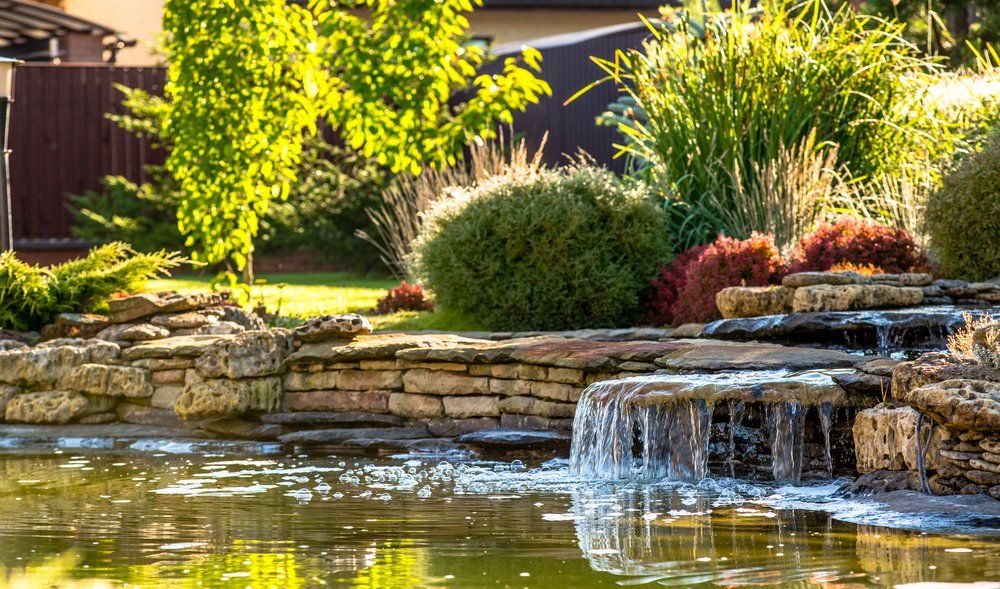
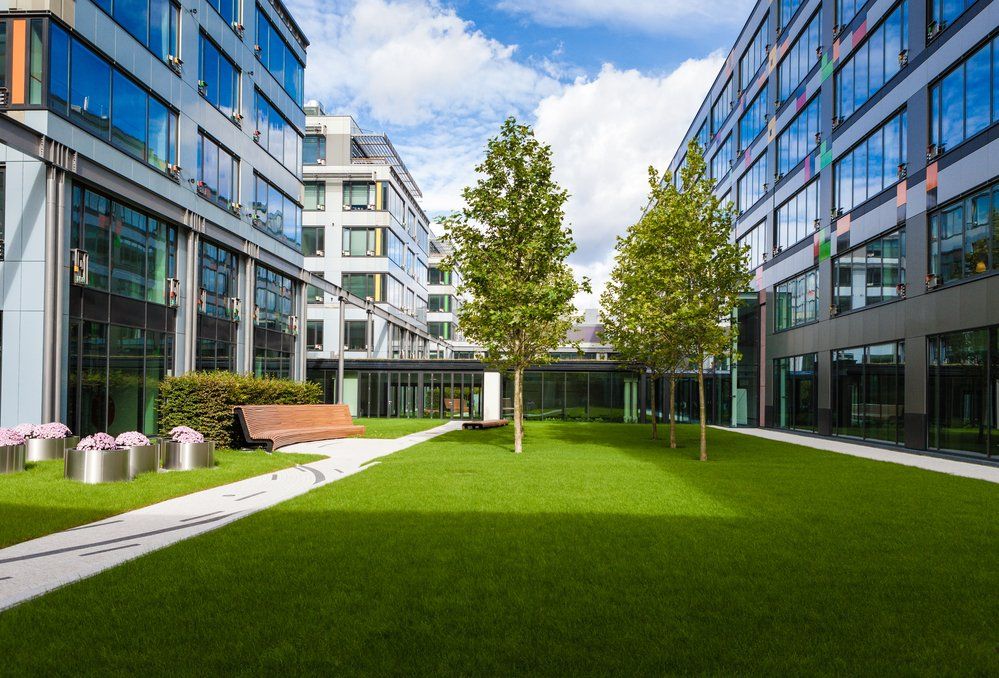
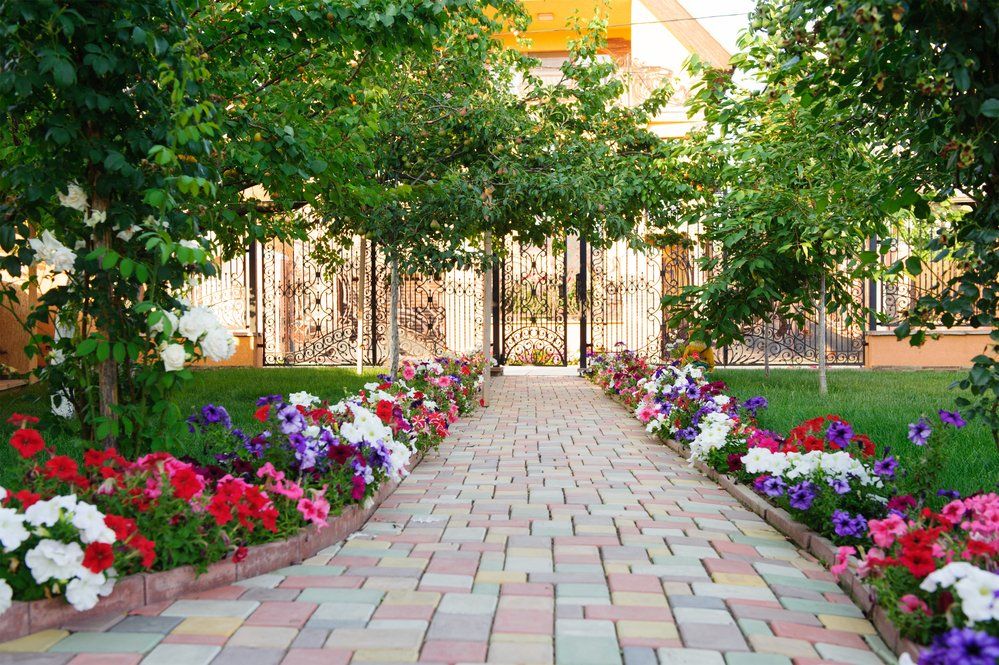

Contact
Orange County Landscaping Pros
(949) 313-2633
1133 Camelback St #7124, Newport Beach, CA 92658
All Rights Reserved | Orange County Landscaping Pros
